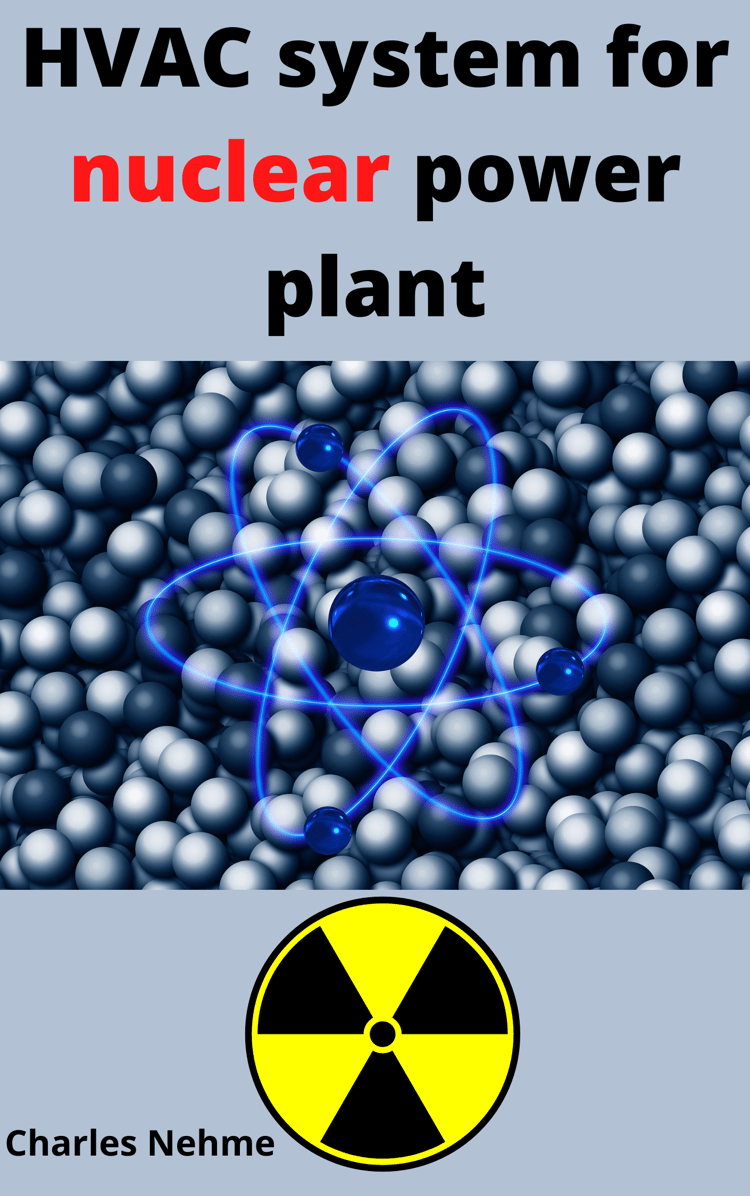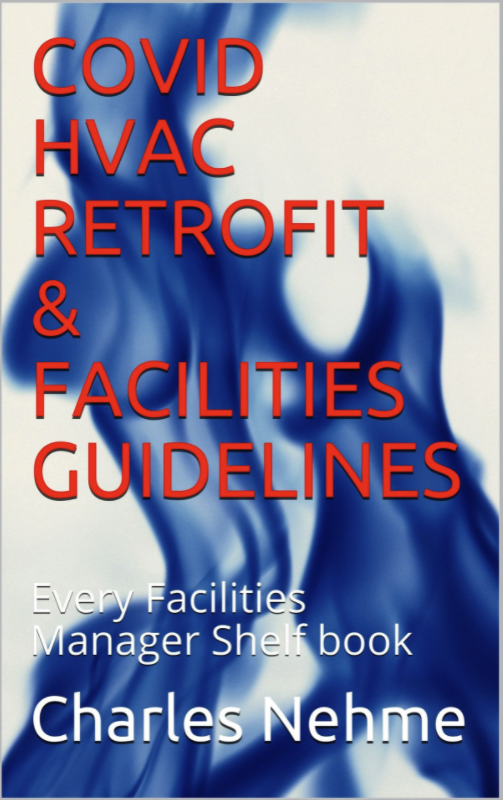
HVAC for tunnels (Heating, Ventilation & Airconditioning)
The field of HVAC for tunnels is a rapidly growing and evolving field. As tunnel construction expands and becomes more complex, the need for efficient and effective HVAC systems to ensure the safety and comfort of tunnel users becomes increasingly important. This book provides a comprehensive overview of the principles and practices of HVAC for tunnels, covering topics such as ventilation, air conditioning, heat transfer, and design considerations.
The book is intended for a broad audience, including engineers, architects, contractors, and students in the fields of civil engineering, mechanical engineering, and environmental engineering. It will also be of interest to anyone involved in the planning, design, construction, or operation of tunnels.
The book is organized into ten chapters, each covering a specific topic. Chapter 1 provides an introduction to HVAC for tunnels, covering the basics of tunnel ventilation and air conditioning systems. Chapter 2 discusses the principles of heat transfer in tunnels, focusing on conduction, convection, and radiation. Chapter 3 examines heat sources and heat loads in tunnels, including natural heat sources, vehicular traffic heat, and lighting and equipment heat. Chapter 4 describes ventilation systems for tunnels, contrasting natural and mechanical ventilation and exploring the design of different types of mechanical ventilation systems. Chapter 5 delves into air conditioning systems for tunnels, explaining the various types of systems available and the design considerations for each. Chapter 6 covers ductwork and distribution systems for tunnels, discussing the different types of ductwork used and the design and installation of ductwork systems. Chapter 7 focuses on fans and blowers for tunnels, examining the different types of fans and blowers available and the design and installation of fan and blower systems. Chapter 8 explores the role of controls and sensors in tunnel HVAC systems, discussing the various types of controls and sensors used and the design and maintenance of control systems. Chapter 9 investigates energy efficiency in tunnel HVAC systems, outlining opportunities for energy efficiency, advanced HVAC technologies for energy conservation, and the economic evaluation of energy efficiency measures. Chapter 10 concludes the book with case studies of HVAC projects in tunnels, providing examples of successful projects and lessons learned from real-world applications.
This book is a valuable resource for anyone seeking to gain a deeper understanding of HVAC for tunnels. It provides a comprehensive overview of the principles, practices, and technologies involved in this important field. I hope you will find this book informative and useful.











